|
How a bike fit can help you The right set-up for your bike is important for all cyclists. Whether you're a casual rider or a top-class athlete, there are many aspects to consider to ensure an efficient and comfortable ride. Most bike shops will only adjust your bike to suit your current body position, but they will not take in to consideration the adaptability of the human body. At Physioimpulse we consider the biomechanical limitations your body may present as well as the measurements of your bike, establishing an optimal balance between the two in order to ensure a maximally efficient, pain free and sustainable ride (Dinsdale and Dinsdale, 2011). What common limitations could I have?
What could be causing my current pain whilst cycling? Many people who opt for a bike fit do so because they experience pain whilst cycling. An improper riding position can be the cause of many overuse injuries (Callaghan, 2005; Clarsen et al., 2010; Marsden, 2010). Below are some of the common types of pain cyclist's experience, and how we address them: Foot / Achilles pain - The numbness, aching and often cramping that people experience in their feet or Achilles tendon is typically related their shoe size, position of cleats or height of saddle (Burt, 2014). We can instruct you on the origin of your symptoms and how to manage them, as well as adjusting positioning of your cleats and saddle height as indicated. Knee pain - The knees are suggested to be the most common site of cycling pain, impacting as much as 60% of cyclists (O’Brien, 1991; Silberman, 2012; Wanich et al.,2007). Alongside arthritic pain, many people experience knee pain in a particular region of their knees. This can be due to a range of factors from saddle height and fore/aft position to cleat position / amount of float surrounding cleats. Knee pain can also be associated with crank length, width of stance on your bike, the shape of your saddle and the angle of your knee (Peveler and Green, 2011). We will strive to locate the source of your pain, which may be multi-factorial in origin, and require several adjustments to alleviate. Hip pain - The most common of hip pain origins can be related to torso angles and the amount of rocking / bouncing of hips in the saddle as you ride. This can be due to seat height / position, crank length, cleat position or functional limitations such a leg length discrepancy (Burt, 2014). Through correct diagnosis of your pain's origin, we can address any limitations and provide a comfortable seated position to reduce your hip pain and allow you to enjoy your ride. Lower back pain - Lower back pain is more common in casual riders, and often affiliated with torso and back angles, functional limitations such as leg length discrepancy and the type and tilt angle of the saddle Schulz and Gordon, 2010; Bressel and Larson, 2003; Marsden, 2010). By increasing or decreasing angles based on normal measurements, your personal flexibility and power output ratio, we can help to reduce your lower back pain by decreasing the strain of mechanical and gravitational forces applied to the lower back. Upper limb / back / shoulder pain - Pain or numbness in the upper extremities is normally related to increased weight bearing through the hands and upper limbs. This may be due to over or under reaching (riding with arms fully locked), hand reach too wide or narrow, or forward rotation of the hoods of the handle bars or saddle (increasing weight bearing through the upper limbs (Patterson et al., 2003; Schwellnus and Derman, 2005). As a rule of thumb, your weight bearing ratio on your bike should be 40% at the handles and 60% at the seat (±5%). By altering your torso and/or hip angles, in addition to addressing functional limitation, we can help to reduce upper limb pain by ensuring an optimal reach, hand placement and weight bearing position on your bike. What's the best position for me? Many cyclists want maximal power and an aerodynamic position, which is not surprising when studies have shown overcoming wind resistance alone can require up to 80-90% of your overall energy expenditure (Gnehm et al., 1997) ; however, there is no point in being fit to a super-efficient position if you can't hold it for very long when cycling (Burt, 2014). Typically, overcoming this force requires 30% from the bike and 70% from the rider (Peveler et al., 2005). At Physioimpulse, we aim to help you achieve your goals by finding a suitable balance between, power, aerodynamic form and comfort / sustainability (Burt, 2014), based on the type of your bike and what it is you would like to achieve.
0 Comments
Leave a Reply. |
AuthorPhysioimpulse Chartered Physiotherapists Archives
June 2024
|
Services |
Get in Touch
|
©

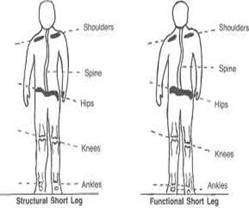
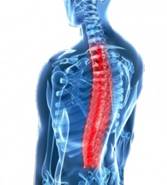
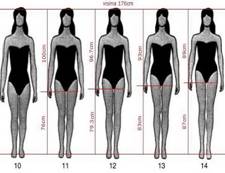
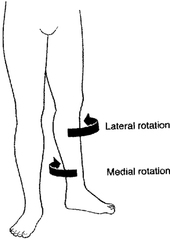
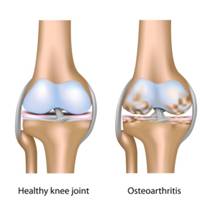
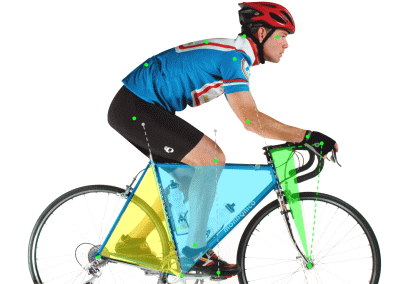
 RSS Feed
RSS Feed

